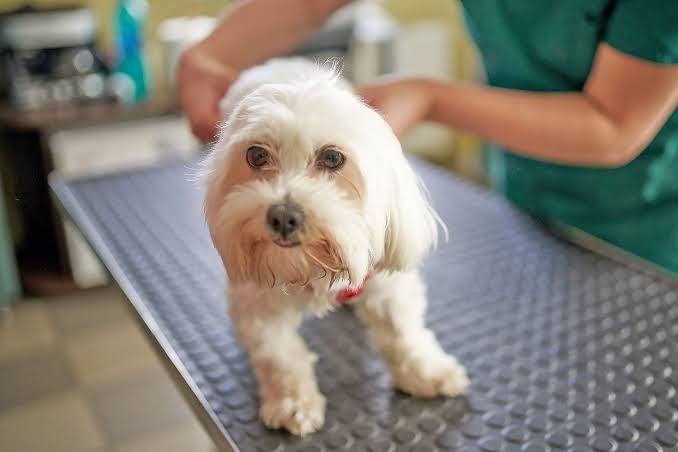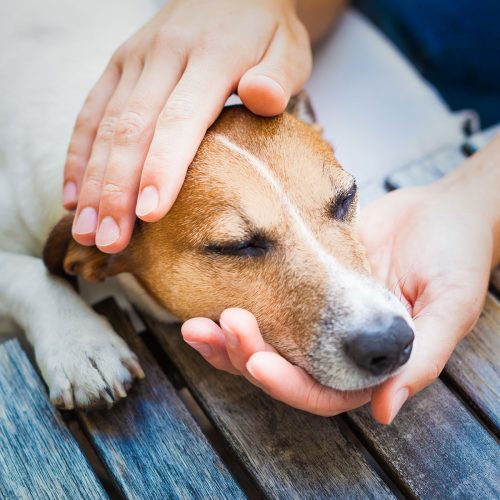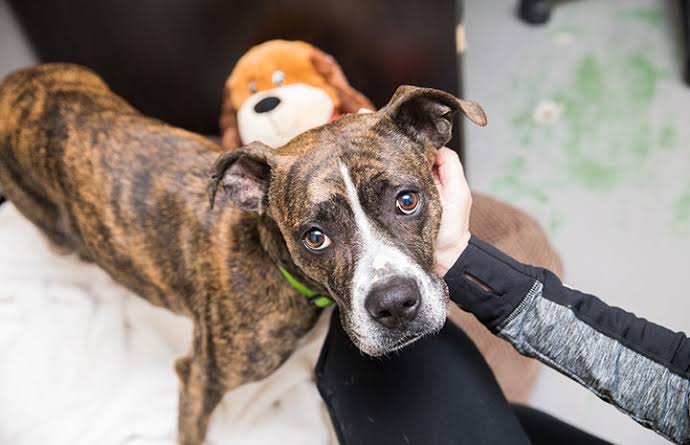So, you’re planning a trip and thinking, “Hey, why not bring the dog or cat along?” Sounds simple. Until you glance down and realize Fido’s leash is tangled, Whiskers is crouched in the corner looking like the apocalypse is coming, and you haven’t even packed your socks yet. Traveling with pets can get messy fast if you’re not prepared.
But it doesn’t have to be a disaster. With a little planning, some patience, and realistic expectations, it can actually be… fun. Yeah, I said it. Fun.
Why Travel Stress Matters
Pets feel stress differently than we do, and it sneaks up on you. That whining, pacing, or hiding? Stress. And it’s not just annoying — it can mess with digestion, trigger vomiting, or make even the calmest animal snap.
Dogs can get motion sickness. Cats? They can hide for hours and develop anxiety you didn’t even know existed. Even a car ride that seems short to us can feel like a marathon to them. That’s why a little preparation goes a long way.
Vet Check (Seriously, Don’t Skip It)
Before you book anything, take a minute — okay, more than a minute — to see the vet. Make sure vaccinations are current. Ask about motion sickness for car trips or the potential risks of air travel, especially for flat-faced breeds.
True story: I once tried to fly with my pug without vet advice. Mistake. A vet check would have saved me a ton of panic and paperwork. Lesson learned: always check.
Rules, Rules, Rules
Airlines, trains, and ferries all have rules for pets. They might have size limits, breed restrictions, or health certificate requirements. And yes, they can change. So, double-check before you leave. Nothing ruins a trip faster than being denied boarding with a panicked animal in your arms.
Packing Essentials (The Checklist You’ll Actually Use)
Here’s what you need. Not optional, not negotiable:
- Travel crate/carrier: Ventilated, stable, big enough for your pet to stand and turn. For cats, a blanket with a familiar smell helps. For dogs, maybe a favorite toy.
- Food and water: Bring enough for the trip plus a bit extra. Collapsible bowls are lifesavers. Hydration is critical, especially in a car or plane.
- Comfort items: Blankets, toys, calming sprays. Treats for reinforcement.
- Medical kit: Prescriptions, first aid, vaccination records. Seriously, this one matters.
Tip: Introduce the crate before the trip. Let them explore it at home. It’s amazing how this simple thing reduces anxiety later.
Car Travel Tips
- Start small: Short drives first. See how they handle it.
- Secure the crate: No tipping. Seat belts or anchors help.
- Food timing: Light meal 2–3 hours before travel to avoid nausea.
- Breaks: Every 2–3 hours for dogs to stretch and pee. Cats? Tricky. Some tolerate portable litter boxes, some don’t.
Personal anecdote: My dog once panting all the way on a six-hour drive. Once we added a couple of extra stops, he relaxed and even napped. Simple adjustments can make huge differences.
Air Travel Tips
Flying with pets can be scary, but manageable:
- Book early; airlines limit in-cabin pets.
- Use an airline-approved carrier. Comfort matters.
- Label everything with your info.
- Keep calm; pets sense your stress.
- Direct flights are better; layovers = stress + risk.
Short domestic flights can act as a “practice run” for pets new to flying.
Managing Anxiety
Some pets are naturally anxious. Here’s what works:
- Familiar scents: Blankets or toys from home.
- Positive reinforcement: Treats and praise for calm behavior.
- Pheromone sprays/diffusers: Can reduce stress.
- Practice sessions: Short car rides or crate sessions before the trip help a lot.
Example: My cat tolerated a three-hour car ride after a week of 15-minute daily crate sessions. Exposure plus rewards worked wonders.
Overnight or Extended Stays
Long trips require more planning:
- Bring familiar bedding.
- Keep feeding schedules consistent.
- Maintain routines like walks or playtime.
- Know vet availability at your destination.
Special Considerations
- Senior pets: Extra padding, frequent breaks, and vet-approved supplements.
- Puppies/kittens: Short travel sessions first, vaccinations up-to-date.
- Exotics: Temperature, humidity, and light are crucial.
Mistakes to Avoid
- Feeding too much before travel
- Ignoring anxiety signs
- Forgetting water breaks
- Skipping vet checks
- Leaving pets unattended in cars or hotel rooms
Even one small oversight can turn a manageable trip into a nightmare.
Post-Travel Care
- Hydrate and feed familiar food.
- Give quiet, calm spaces.
- Observe for digestive upset, lethargy, or unusual behaviors.
Sometimes pets decompress slower than humans. Patience matters.
Bottom Line
Traveling with pets doesn’t have to be stressful. Preparation, awareness, and empathy are key. Crates, checklists, vet visits, and anxiety management tools make the difference. Pets can’t tell us what they need, so it’s on us to anticipate, adjust, and care.
Trips with pets can be joyful adventures instead of disasters — it just takes thought, patience, and a bit of trial and error.
FAQs
- Can all pets travel safely? Most, but some breeds or health conditions require extra care.
- How early should I start preparing? Weeks for crate training; days for vet checks and paperwork.
- Are sedatives safe for anxious pets? Only under veterinary guidance.
- Can cats travel as easily as dogs? Cats need extra preparation and quiet containment.
- Biggest mistake owners make? Underestimating stress, skipping vet checks, not packing essentials.



